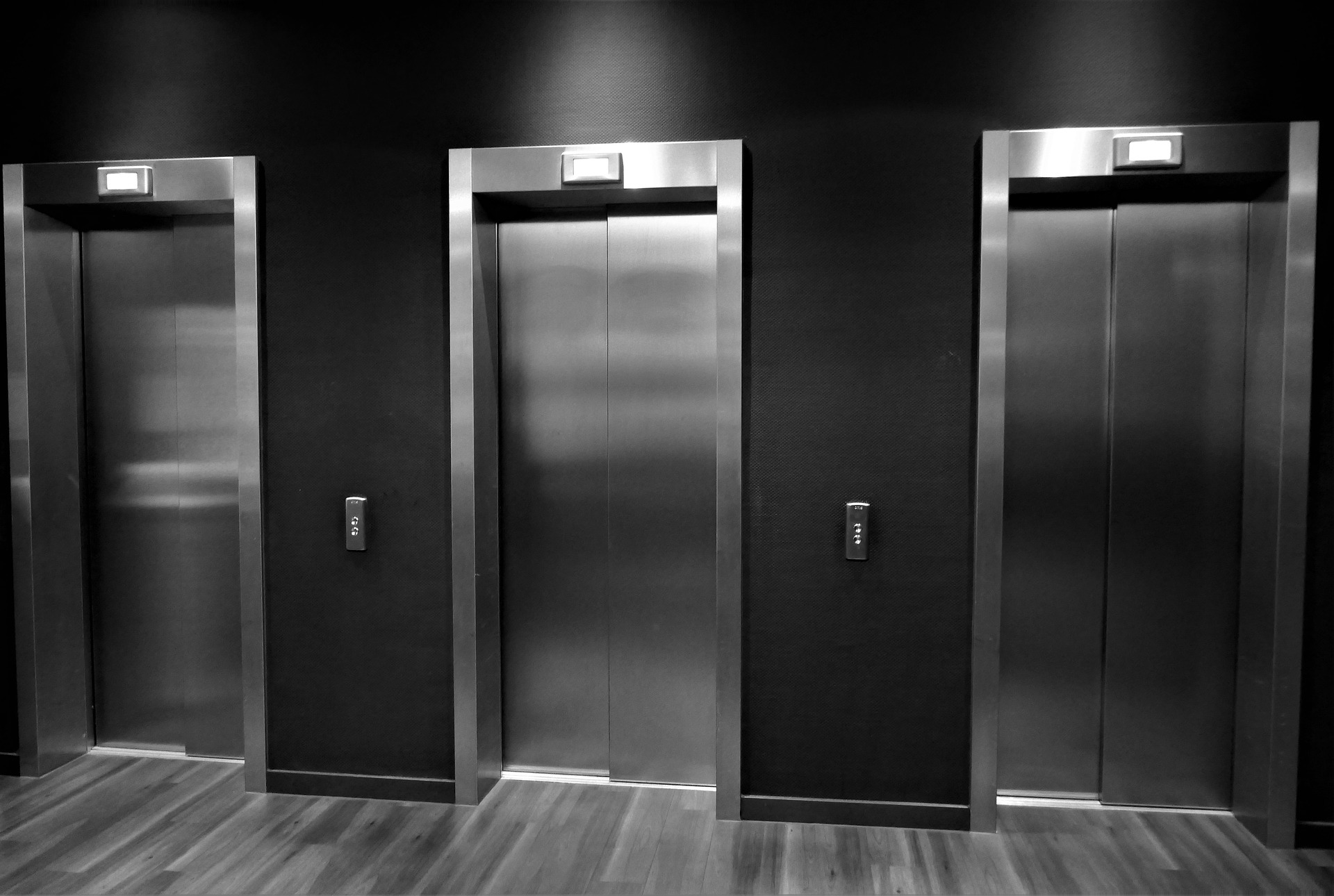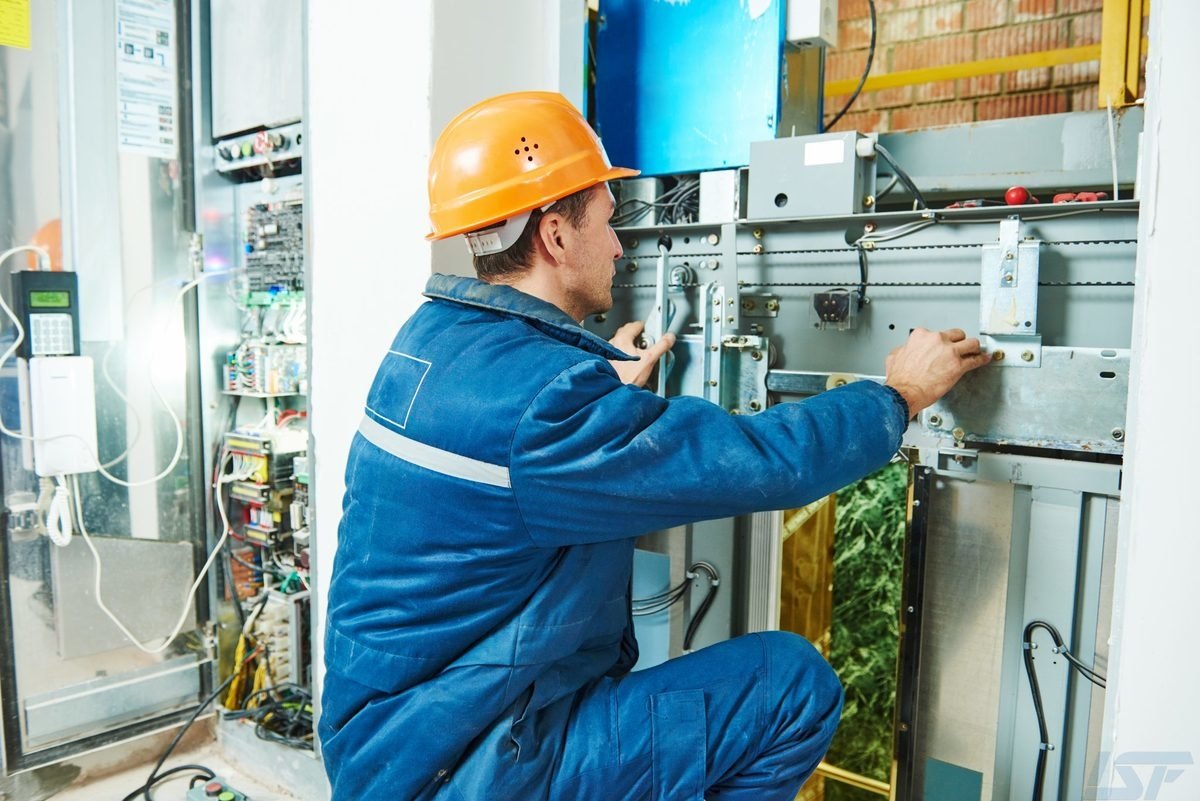
Elevators and lifts are integral to modern infrastructure, facilitating the easy movement of people and goods across building floors. Given their importance, the maintenance of these vertical transportation systems cannot be overstated. Regular maintenance ensures safety, efficiency, and longevity, preventing breakdowns that can cause inconvenience or, worse, accidents. This guide delves into the crucial aspects of elevator and lift maintenance, highlighting the best practices to keep these systems running smoothly. And remember, if these tips seem overwhelming, you can always call a professional to ensure your elevators and lifts are in top condition.
Prioritize Regular Inspections
The cornerstone of effective elevator and lift maintenance is regular inspections. Scheduled inspections by certified professionals can identify potential issues before they escalate into significant problems. These assessments typically cover the mechanical, electrical, and safety systems, including doors, cables, pulleys, control systems, and emergency alarms. Authorities often mandate annual inspections, but for elevators with high usage, more frequent checks are advisable.
Commit to Preventive Maintenance
Preventive maintenance goes hand-in-hand with regular inspections. This proactive approach involves the routine servicing of parts and systems to prevent wear and tear from leading to breakdowns. A comprehensive maintenance plan includes lubricating moving parts, cleaning components, and adjusting mechanisms for optimal performance. Preventive maintenance not only extends the life of an elevator or lift but also ensures it operates efficiently and safely.
Update and Modernize When Necessary
The lifecycle of an elevator or lift involves periods where updates or modernization may become necessary. Technological advancements, such as destination dispatch systems or touch-less elevator technology, enhance efficiency and user experience. Older systems may require upgrades to meet current safety standards or to improve energy efficiency. Modernization can also address frequent breakdowns and reduce long-term maintenance costs, providing a more reliable service to users.
Address Repairs Promptly

Timely repairs are crucial to elevator and lift maintenance. Ignoring minor issues can lead to more significant problems, potentially causing downtime or, worse, safety hazards. Common signs that indicate the need for repairs include unusual noises, jerky movements, doors not closing properly, or delayed start times. Ensure that a qualified technician assesses and addresses these issues promptly to maintain safety and performance.
Keep Accurate Maintenance Records
Maintaining accurate records of inspections, maintenance, and repairs is vital for several reasons. These records provide a history of the elevator’s or lift’s performance and issues, which can be invaluable for troubleshooting future problems. They also ensure compliance with local regulations and standards, which often require proof of regular maintenance. Accurate records can also help plan for future modernization or replacement, providing insights into the system’s overall health and performance over time.
Train Staff on Basic Awareness and Emergency Procedures
While specialized technicians should perform maintenance and repairs, training building staff on basic elevator and lift awareness and emergency procedures is beneficial. Knowledge of how to respond to an elevator emergency, familiarity with the system’s basic operation, and understanding the signs of potential problems can enhance safety and efficiency. This training can also ensure that minor issues are reported promptly, preventing larger problems.
Embrace Technology for Enhanced Maintenance
The integration of technology into elevator and lift maintenance can significantly improve their reliability and safety. Modern elevators and lifts often include diagnostic tools that alert maintenance teams to potential issues before they become problematic. Additionally, remote monitoring can track the system’s performance in real-time, facilitating swift action when necessary. Embracing these technological advancements can lead to more efficient maintenance strategies and minimize downtime.
Conclusion
The maintenance of elevators and lifts is a critical component of their operation, ensuring the safety, efficiency, and reliability of these essential systems. By prioritizing regular inspections, committing to preventive maintenance, addressing repairs promptly, and considering modernization when necessary, you can significantly enhance the performance and longevity of your elevators and lifts. Remember, maintaining these systems can be complex, requiring specific knowledge and skills. If you’re ever in doubt about your ability to follow these maintenance tips, don’t hesitate to call a professional. Their expertise can help ensure that your elevators and lifts remain in optimal condition, providing safe and efficient service to all users.
